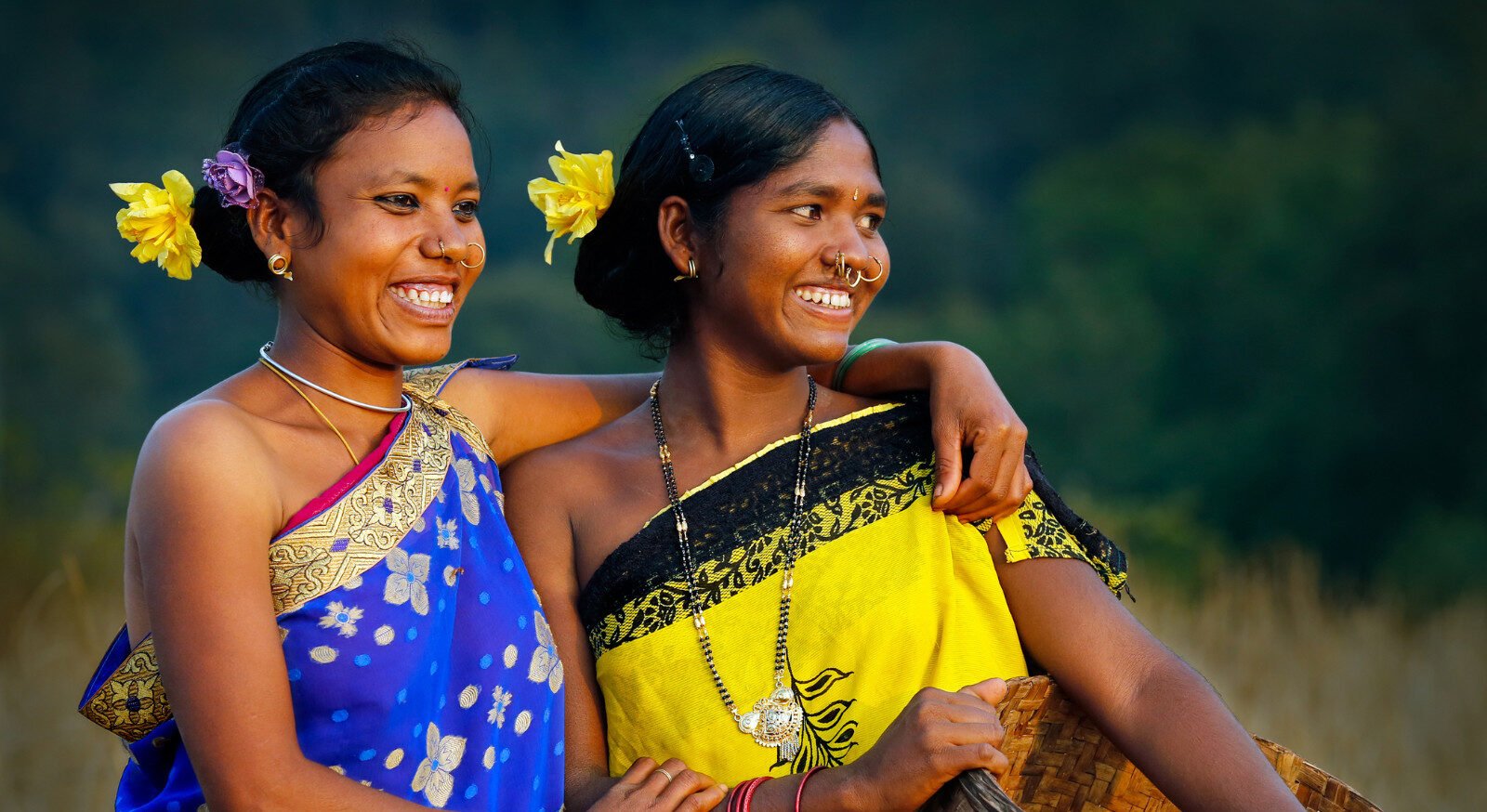Thanks to the commitment of the Mirarr, one of the many indigenous peoples living in Australia, the Canberra government decided on July 26 to stop uranium mining from the Jabiluka depositone of the richest in the world, and to begin a collaboration to integrate this sacred territory for the Mirarr into Kakadu National Park.
This decision comes a few days after International Day of the World's Indigenous Peoplesa celebration convened by the United Nations on August 9, to reflect on the fundamental contribution of indigenous peoples to safeguarding the planet and to raise awareness of the need to ensure greater protection against the threats of climate change and economic exploitation.
You too can rediscover the pleasure of staying informed!
Your support helps protect our independence so we can continue to produce quality journalism that is open to all.
Support us
Who are the indigenous peoples?
As recognized by the UN, indigenous peoples are the descendants of those who inhabited a land before the now dominant communities moved in. Currently, it is estimated that there are approximately 476 million indigenous people in the worlddistributed in more than 90 countries. These communities have unique traditions, languages and practices, which allow them to maintain a strong connection with the lands in which they live.
About that, Traditional knowledge of indigenous peoples is fundamental in the fight against climate change and in biodiversity conservation. For example, research from the University of Sheffield shows that in the tropics, territories managed directly by indigenous communities have deforestation rates 20% lower than unprotected areas.
However, indigenous peoples often face situations of discrimination, economic marginalization or expropriation of territories. For this reason, in recent years, Some measures have been introduced to protect their rights and survival.
International agreements to protect the rights of indigenous peoples
The Escazu Agreement, 2018is an environmental rights treaty that guarantees public participation of activists, including many indigenous peoples, and ensures their right to live in a healthy environment, free from threats and restrictions.
Another important provision is the 2007 Declaration on the Rights of Indigenous Peoples (UNDRIP), which establishes the right of indigenous peoples to preserve their lands and strengthen their institutions, cultures and traditions.
Finally, Convention No. 169 of the International Labour Organization (ILO), 1991, aims to prevent discrimination against indigenous workersto guarantee their right to participate in decision-making processes and ensure respect for their culture.
Nevertheless, some gaps remain between the formal recognition of rights and their effective implementationas in the well-known case of “Standing Rock”, an Indian reservation between South Dakota and North Dakota, where since 2016 various indigenous taboos have opposed the federal government's decision to continue construction of the “Dakota Access Pipeline” without success. . Although it threatens the lands and resources of indigenous peoples, the pipeline has received legal authorization to start in 2021.
The example of indigenous peoples
However, international agreements have enabled significant progress in the protection of indigenous rights and a growing appreciation of their contribution.
COP15 in Montreal, 2023officially recognized the fundamental role of indigenous peoples in the conservation of biodiversity, emphasizing that lands managed by indigenous peoples, although they represent only 5% of the world's land, host 85% of the world's biodiversity. But not only that.
In recent years, beyond Jabiluka, indigenous peoples have made significant progress. In 2019, the Cofán tribe in Ecuador, after numerous protests, managed to stop the activities of a mining company who had started mining operations on their territories.
However, in 2016, the Munduruku tribe in Brazil is managed to block the construction project of the São Luiz do Tapajós hydroelectric dam. Construction of the plant, which would have been one of the largest in Brazil, would have diverted the flow of the Tapajós River, flooding much of Munduruku's land. Thanks to the tribe's efforts, the project failed the environmental impact assessment and was blocked.
In a world where we are increasingly talking about the social costs of the ecological transition, Indigenous peoples put forward an alternative development modelbased on the practice of age-old knowledge and reconnection with nature. An example to follow to put an end to the wild exploitation of natural resources, excessive consumerism, but above all to build together a fairer and more sustainable planet.

